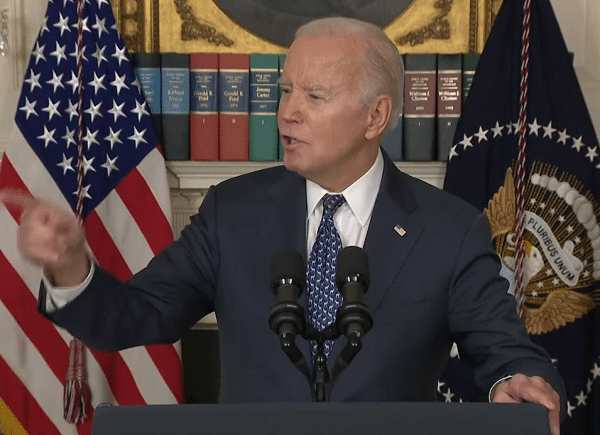The Environmental Protection Agency (EPA) has recently implemented stringent emissions standards for heavy-duty vehicles, which will necessitate a significant rise in the sales of electric or zero-emission buses and trucks in the coming years. The EPA estimates that by 2032, 25% of new long-haul trucks and 40% of new medium-sized trucks sold will be zero-emission or electric vehicles (EVs). This move aligns with the EPA’s final tailpipe emissions standards for light- and medium-duty vehicles, which has been labeled as an “EV mandate.”
Currently, electric trucks are considerably more expensive than diesel-powered models and have limitations in terms of freight capacity due to the size of their batteries. Moreover, the infrastructure for electric trucks, such as charging stations, needs significant upgrades to support the mass recharging of vehicles. The EPA’s regulations may require up to one million electric truck chargers in the U.S., a substantial increase from the current 5,000 chargers.
The emissions standards not only impact buses and trucks but also extend to vehicles like ambulances, garbage trucks, and cement mixers. While environmental groups have praised the regulations, various trucking industry associations, including the American Trucking Associations (ATA), have criticized the stringent compliance timelines, warning of potential negative effects on the American economy.
Electric trucks could mean higher costs for deliverieshttps://t.co/W8o9RFhrbN
— Daily Caller (@DailyCaller) September 9, 2023
“ATA opposes this rule in its current form because the post-2030 targets remain entirely unachievable given the current state of zero-emission technology, the lack of charging infrastructure and restrictions on the power grid,” ATA President and CEO Chris Spear said in a statement. “Given the wide range of operations required of our industry to keep the economy running, a successful emission regulation must be technology neutral and cannot be one-size-fits-all. Any regulation that fails to account for the operational realities of trucking will set the industry and America’s supply chain up for failure.”
The ATA has expressed its concerns regarding the regulation’s potential to disrupt supply chains and the movement of freight across the United States, which could ultimately harm consumers. Additionally, the trade group has pointed out that the technologies the EPA is relying on to replace diesel fuel, such as batteries and hydrogen power, are still considered “unproven.”
According to the Times, the current percentage of heavy-duty trucks sold in the U.S. that are either electric vehicles or powered by zero-emission sources is approximately 2%. In response to this, the Biden administration has recently published a report outlining its plans to establish a national EV charging network specifically for the trucking industry along major commercial roadways across the country in the coming years. However, the administration’s efforts to subsidize a national charging network for passenger EVs have been progressing slowly.
“This administration appears more focused on placating extreme environmental activists who have never been inside a truck than the small-business truckers who ensure that Americans have food in their grocery stores and clothes on their backs,” The president of the Owner-Operator Independent Drivers Association said.
The Biden administration’s Environmental Protection Agency has recently implemented strict tailpipe regulations for light-, medium-, and heavy-duty vehicles. The regulations for light- and medium-duty vehicles will mandate manufacturers to guarantee that a majority of the new vehicles they sell by 2032 meet the new standards.

